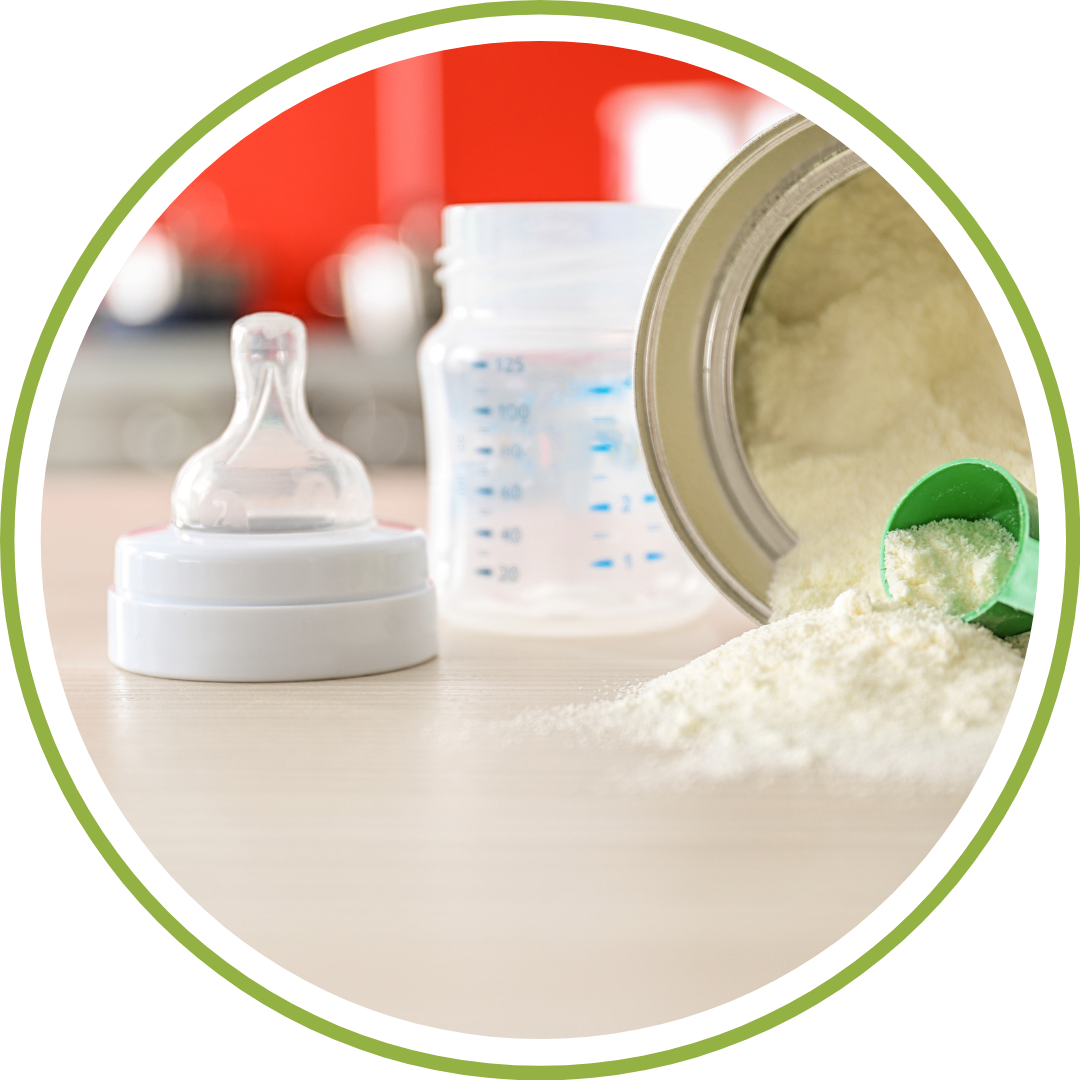How to Safely Prepare Baby Formula: A Step-by-Step Guide Based on CDC Guidelines
Preparing your baby's formula correctly is a crucial part of keeping them healthy. The CDC has some great guidelines on this, especially when it comes to the water you use. The main reason for their specific advice is to protect against a super-rare but serious germ called Cronobacter.
Why and How to Boil Water for Formula
If your baby is considered high-risk, like if they're under 2 months old, were born early, or have a weak immune system, the CDC says you should take extra precautions. For these little ones, you should use hot water—at least 158°F (70°C)—to mix the formula. The best way to do this is to boil the water and then let it sit for about five minutes. This hot water is what kills any potential bacteria that might be in the powdered formula itself (the powder isn't sterile, which is a good thing to know!). Just be sure to cool the formula down to a safe temperature before you feed it to your baby.
For most healthy, full-term babies, you can usually just mix the powdered formula with tap water that comes from a safe source. Just be sure to follow the instructions on the formula can.
Do I Still Need to Boil Water After My Baby Is 2 Months Old?
The CDC's advice for using extra hot water is focused on those first two months of life for healthy babies, and for as long as needed for preemies or babies with health issues.
Once your healthy baby is over two months old, you can typically use tap water that's been boiled and cooled to room temperature, or even cool tap water, as long as your water source is safe. Of course, it's always a good idea to check in with your pediatrician for their advice. Many parents choose to boil the water for a little longer, either for peace of mind or because they find it helps the powder mix more easily.
A Simple Guide to Preparing Baby Formula
Getting formula ready for your little one is super important for their health. By following these steps from the CDC, you can make sure their meal is safe and nutritious. 🍼
Getting Started
Before you begin, get your workspace clean and gather everything you'll need:
Infant formula: Check the expiration date!
Water: Use a safe source—either boiled and cooled tap water, or bottled water.
Sterilized bottle(s), nipples, and caps.
A clean, covered container if you're making a big batch.
Soap and a brush or cloth for washing bottles.
The scoop that came in the formula can.
And don't forget the most important step: Wash your hands thoroughly with soap and water before you touch anything!
Step-by-Step Instructions
Prep the water. If you're using tap water, boil it for one minute and let it cool down to a safe temperature—around body temperature—before you mix. Avoid using hot water straight from the tap, as it can contain lead or other stuff you don't want in the formula.
Measure the water. Pour the correct amount of water into your sterilized bottle or your clean container. Be precise here! Too much or too little water can mess with the nutrients in the formula.
Measure the formula. Use the scoop from the can and level it off with a knife or the built-in leveler. You want to get the exact amount of powder—don't pack it down.
Add the powder. Pour the measured formula powder into the water.
Mix it up. Put the nipple and cap on the bottle, or the lid on your container, and give it a good shake until all the powder is dissolved.
Check the temperature. Before you feed your baby, sprinkle a few drops of the formula on your wrist. It should feel lukewarm, not hot.
Good-to-Know Guidelines
Making a big batch for later? You can definitely mix up a larger batch of formula to use throughout the day. Just make sure to store it in a covered container in the fridge right away.
Don't save leftovers. Throw out any formula that's been sitting at room temperature for over an hour, or any that your baby didn't finish.
Store it right. Use the prepared formula within 24 hours of mixing it.
Never add more water than the instructions say. Diluting the formula can lead to health problems for your baby.
Keep it simple. Don't add cereal or other foods to the bottle unless your doctor tells you to.
Always follow the can's instructions. They'll have specific details on mixing and storing.
Keep things clean. Wash and sterilize your bottles, nipples, and caps regularly with hot, soapy water or in the dishwasher. For extra sterilization, you can boil them for five minutes.
Source:
Centers for Disease Control and Prevention (CDC). "Preparing Infant Formula."



